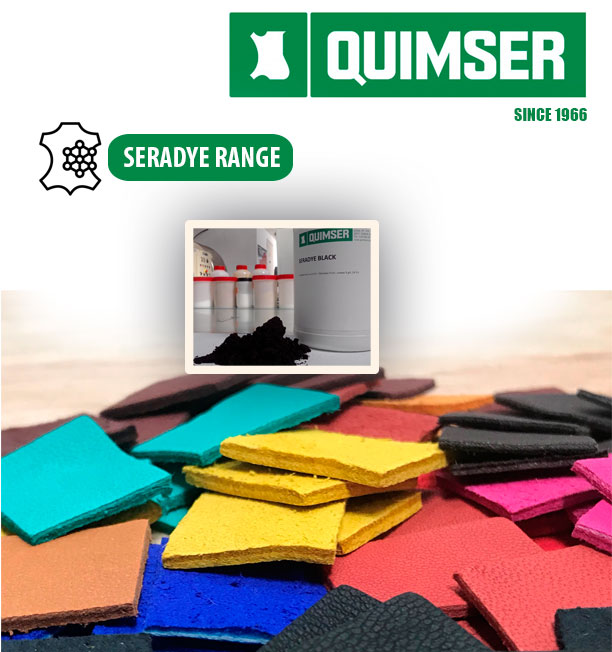Leather dyeing includes a set of operations whose purpose is to give the tanned skin a certain coloration, be it superficial, partially or completely traversed.
To achieve a good dyeing you have to consider the following aspects:
– The intrinsic properties of the leather that you want to dye, especially its behavior in the different dyeing methods and with the dyes that are used in each case.
– The properties that the dyeing must have (degree of penetration, fastness, etc.)
– The rules of light and color, the effect of light reflected by the dyed bodies and tones obtained by mixing the fundamental colors.
– The properties of dyes: tone, intensity, affinity to the skin, penetration power and degree of fixation.
Dyes are organic substances soluble in an acidic, neutral or basic medium, which have an unsaturated molecular structure, that is, electronically unstable. Two groups can be distinguished: those responsible for the absorption of light, called chromophores and those capable of fixing the dye molecule to the skin and even intensify the role of chromophores, called auxocromos,
SERADYE is our full range of acid dyes. These are low molecular weight anionics that contain strong acid groups. In general they have good penetration. This depends on the particle size, the molecular weight of the dye, the solubility and the degree of sulfonation. Its solubility increases with the presence of hydrophilic groups, mainly sulphonic, hydroxyl and iminic groups. React mainly by salt bond (much influence of pH).
Factors influencing the tincture are:
– The hardness of the water. There may be precipitations with the presence of calcium, iron or magnesium, fixing the dye on the meat side.
– Temperature. If this is high, it favors the affinity because it increases the speed of reaction, obtaining more intense and superficial tints. At low temperatures, the dyes are clearer and penetrated.
– A higher volume of bath, less penetration.
– The longer filming time, the more penetration.
– A more mechanical effect, greater penetration.
– The pH favors the penetration or fixation of the dyes
– Color auxiliaries or dispersants such as SERTAN ND or SERTAN NP improve the leveling and penetration of the dye.

